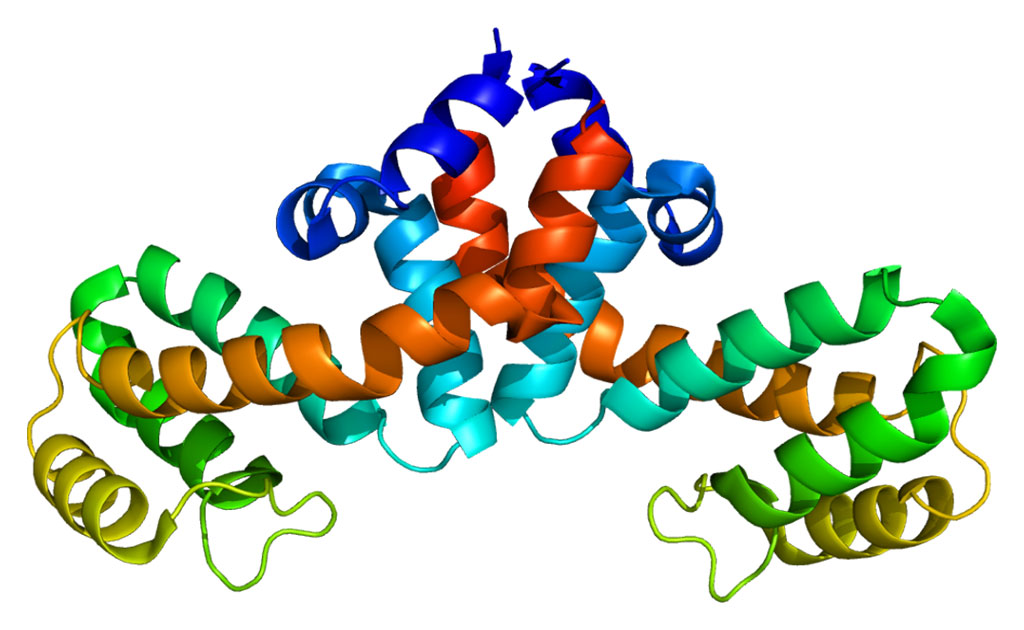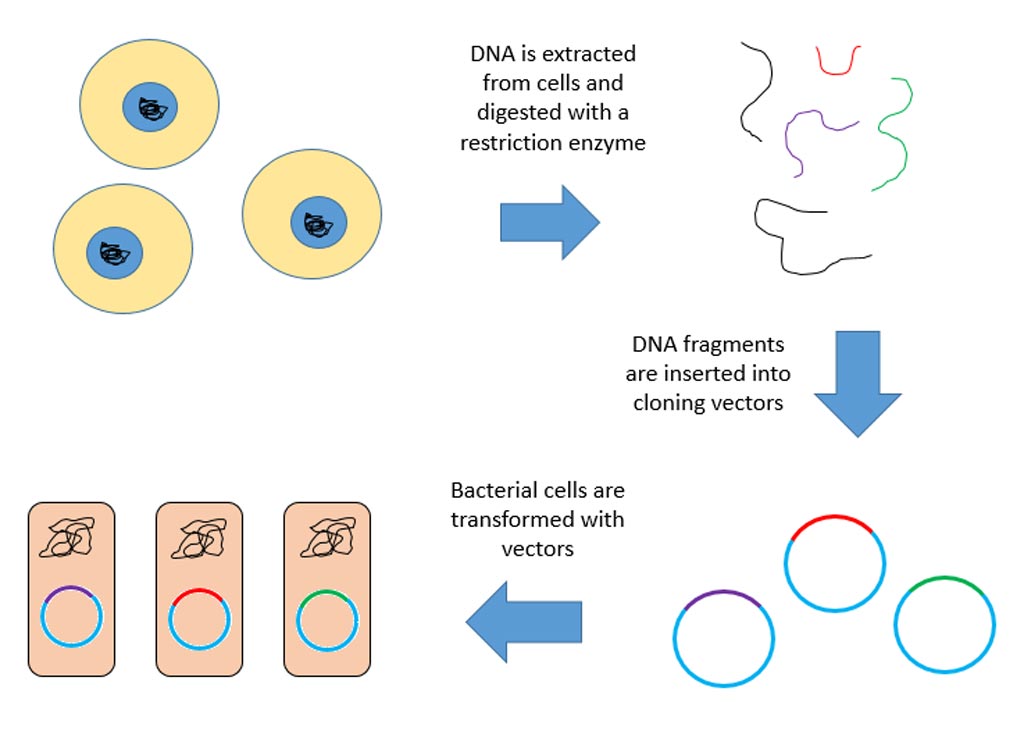New Tool Developed for Diagnosis of Chronic HBV Infection
By LabMedica International staff writers
Posted on 24 Oct 2019
A team of Chinese researchers has described the development of a new and powerful tool for the diagnosis and treatment of chronic hepatitis B virus (HBV) infection.Posted on 24 Oct 2019
Methods currently used to diagnose and monitor chronic hepatitis B (CHB) infection are for the most part based on dynamic and real-time HBV DNA, genotype, and reverse transcriptase (RT) mutation analysis. However, the methods used to perform these analyses are limited by poor sensitivity or inability to detect more than one mutation at a time. Other methods are too cumbersome or expensive for clinical use.

Image: Diagram workflow for co-amplification at lower denaturation temperature PCR (COLD-PCR)/fluorescence melting curve analysis (FMCA) (Photo courtesy of The First Affiliated Hospital of Fujian Medical University).
Investigators at Fujian Medical University (Peoples Republic of China) have improved this situation by establishing a highly sensitive co-amplification at lower denaturation temperature PCR (COLD-PCR) coupled with probe-based fluorescence melting curve analysis (FMCA) for precision diagnosis of CHB patients.
COLD-PCR (co-amplification at lower denaturation temperature-PCR) is a modified Polymerase Chain Reaction (PCR) protocol that enriches variant alleles from a mixture of wildtype and mutation-containing DNA. The ability to preferentially amplify and identify minority alleles and low-level somatic DNA mutations in the presence of excess wildtype alleles is useful for the detection of mutations.
Melting curve analysis is an assessment of the dissociation characteristics of double-stranded DNA during heating. As the temperature is raised, the double strand begins to dissociate leading to a rise in the absorbance intensity, hyperchromicity. The temperature at which 50% of DNA is denatured is known as the melting temperature. The information gathered can be used to infer the presence and identity of single-nucleotide polymorphism (SNP) mutations.
The COLD-PCR/FMCA method was shown to be able to detect HBV DNA, genotypes, and RT mutations, simultaneously. The analytical performance of this method, including imprecision, accuracy, sensitivity, detection limits, linear range, and its ability to detect minor variants was systematically evaluated.
Results revealed that the COLD-PCR/FMCA method could detect HBV mutations at much lower concentrations than other techniques such as PCR/FMCA or PCR Sanger sequencing (1% vs. 10% vs. 20%, respectively). The new technique could also distinguish different phases of HBV infection according to the proportion and type of mutations as well as by detecting HBV DNA.
"Guidelines have confirmed that dynamic monitoring of HBV DNA, genotypes, and reverse transcriptase (RT) mutant DNA is of great importance to assess infection status, predict disease progression, and judge treatment efficacy in HBV-infected patients," senior author Dr. Qishui Ou, a researcher in laboratory medicine at The First Afilliated Hospital of Fujian Medical University. "We believe COLD-PCR/FMCA provides a powerful laboratory tool for precise diagnosis and treatment of HBV-infected patients."
"Our goal was to establish a more practical and inexpensive method with high sensitivity to detect genotype and RT mutations while detecting HBV DNA," said Dr. Ou. "Until now there have not been high-throughput approaches to detect HBV DNA, genotype, and RT mutations simultaneously. Therefore, it is necessary to establish a more practical and inexpensive method with high sensitivity to detect genotype and RT mutations while detecting HBV DNA. COLD-PCR/FMCA has that potential."
The study was published in the October 10, 2019, online edition of the Journal of Molecular Diagnostics.
Related Links:
Fujian Medical University








 (3) (1).png)





